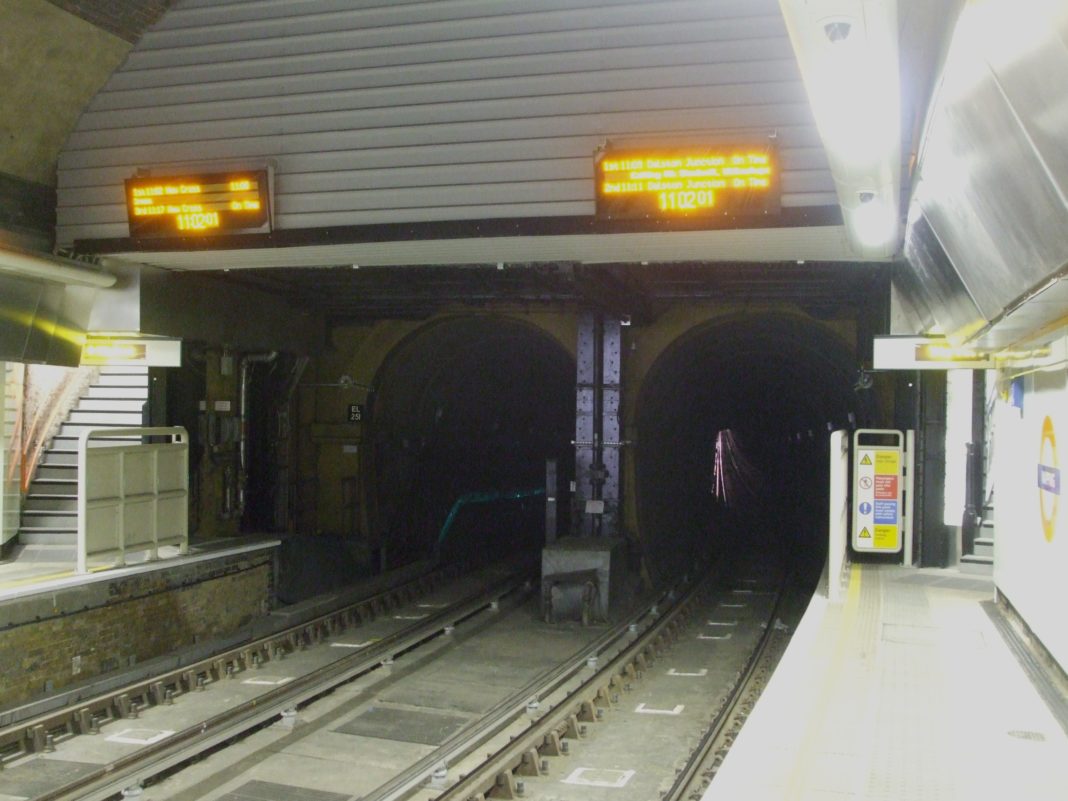The Thames Tunnel is a tunnel beneath the River Thames in London, connecting Rotherhithe and Wapping. It measures 11 m wide by 6 m high and is 396 m long, running at a depth of 23 m below the river surface measured at high tide. It is the first tunnel known to have been constructed successfully underneath a navigable river.
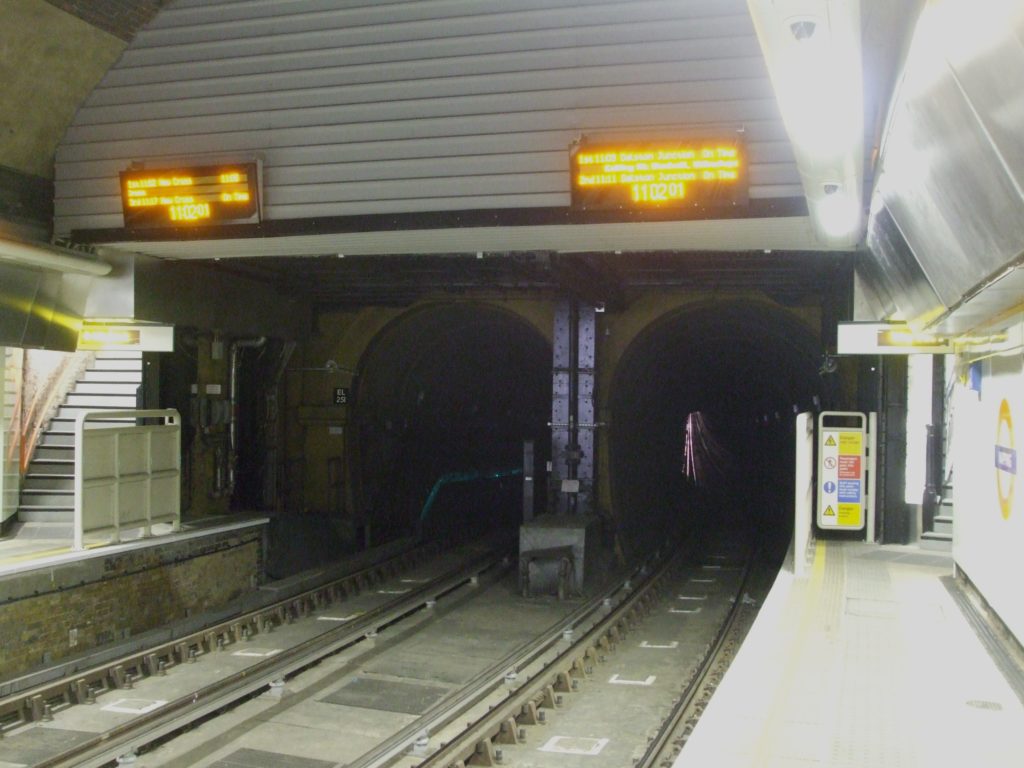
The tunnel was originally designed for horse-drawn carriages, but was mainly used by pedestrians and became a tourist attraction. In 1869 it was converted into a railway tunnel for use by the East London line which, since 2010, is part of the London Overground railway network under the ownership of Transport for London.
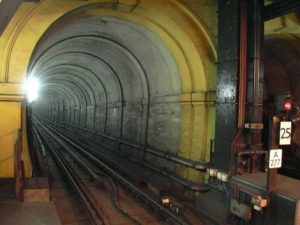
Each of the twelve frames of the shield weighed over seven tons. The key innovation of the tunneling shield was its support for the unlined ground in front and around it to reduce the risk of collapses. However, many workers, including Brunel himself, soon fell ill from the poor conditions caused by filthy sewage-laden water seeping through from the river above. This sewage gave off methane gas which was ignited by the miners’ oil lamps.
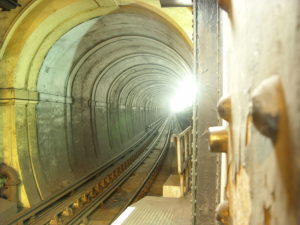
Work was slow, progressing at only 3 – 4m a week. To earn some income from the tunnel, the company directors allowed sightseers to view the shield in operation. They charged a shilling for the adventure and an estimated 600–800 visitors took advantage of the opportunity every day.
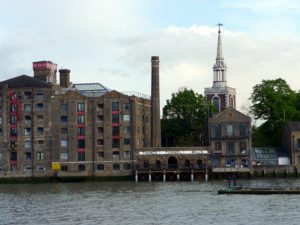
Nearby in Rotherhithe, Brunel’s engine house (built to house drainage pumps) is open to visitors as the Brunel Museum. In 2016 the entrance hall opened as an exhibition space, with a staircase providing access to the shaft for the first time in over 150 years.
According to Wikipedia





